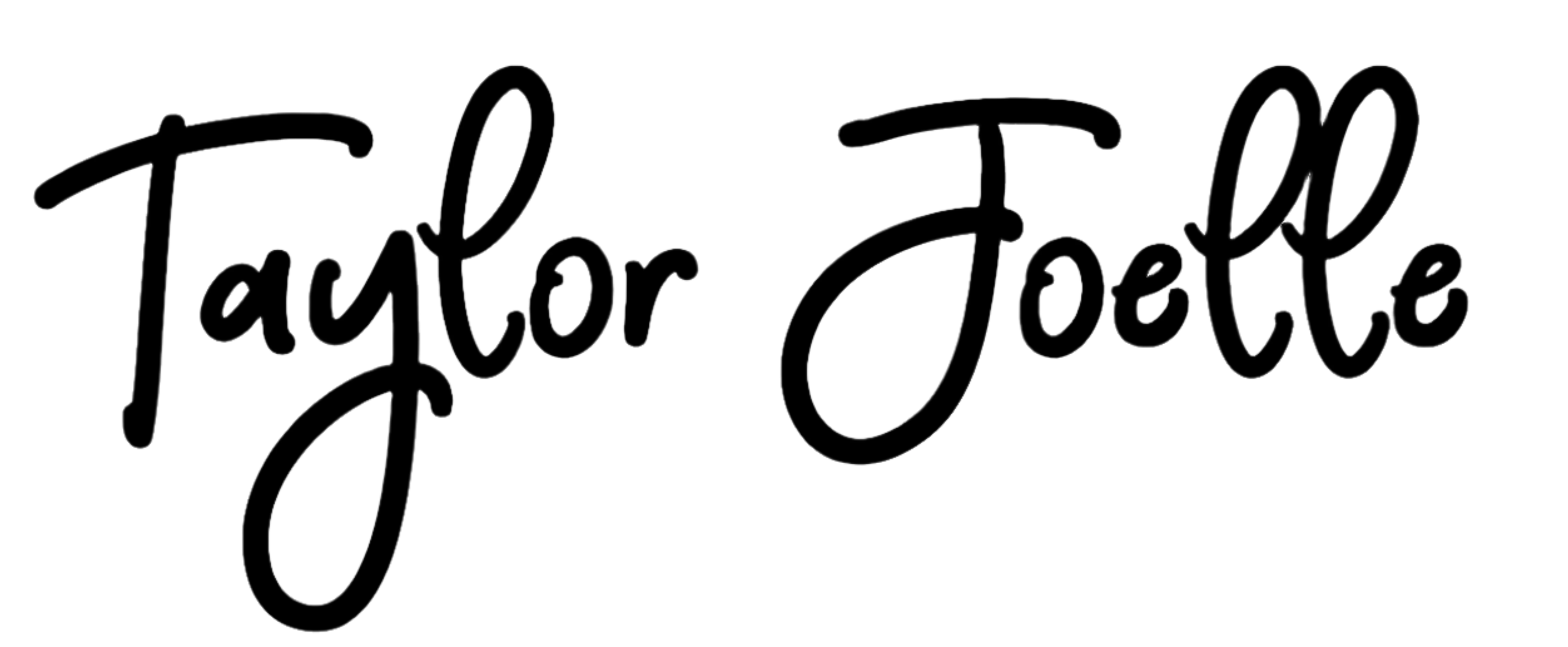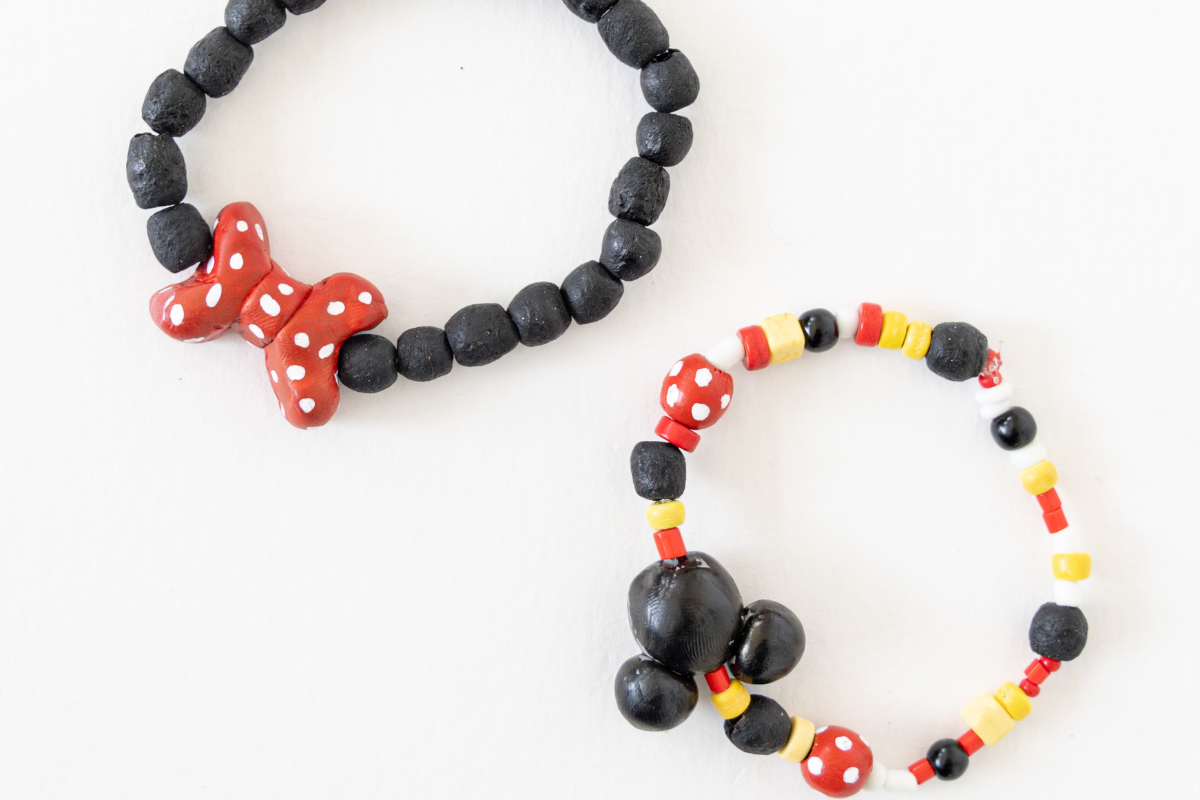Article: A Royal Invitation or a Frightening Encounter?
A Royal Invitation or a Frightening Encounter?
Navigating Disney Character Dining with a "Slow-to-Warm-Up" Preschooler
Understanding the "Slow-to-Warm-Up" Temperament
Navigating Disney character dining with a "slow-to-warm-up" preschooler requires thoughtful planning and a deep understanding of your child's innate temperament. Many children who show initial hesitation in new situations are more accurately described as "slow-to-warm-up" rather than "shy". This temperament is a normal and common variation in childhood personality, characterized by natural caution and a preference to observe and gather information before actively participating in unfamiliar settings or activities. The language used is crucial: avoiding labels like "shy" helps prevent a child from internalizing a fixed, negative identity. Instead, framing the behavior as a temporary process, such as "She likes to take her time to get comfortable," empowers both the parent and the child, implying that comfort and confidence are achievable outcomes. For a four-year-old, a character meal is an exceptionally complex event, combining new locations, ambient noise, crowds, and the arrival of larger-than-life characters. A child's natural response to such an overwhelming sensory and social environment is often to seek safety with their primary caregiver, manifesting as clinging, hiding, or quiet withdrawal, which is an adaptive self-preservation instinct, not defiance. It is essential to distinguish this normal temperament from social anxiety disorder, which is a diagnosable mental health condition marked by intense, persistent fear of being judged that significantly interferes with daily life, typically emerging later in childhood (between 8 and 15 years old). Key signs of social anxiety can include intense worry about what others think, physical symptoms like shaking or stomachaches in anticipation of social events, crying spells or tantrums triggered by social prospects, and consistent refusal to participate in age-appropriate social activities. If these severe, life-impairing symptoms persist for at least six months and are present around peers, professional consultation is recommended.
 Image from this blog post
Image from this blog post
Face Characters vs. Fur Characters: What's the Difference?
A critical factor for cautious children is the distinction between character types. Face characters (e.g., Cinderella, Snow White) are performers who resemble the animated humans they portray; they talk, and their facial expressions change, aligning with a child's natural social script and feeling inherently safer. In contrast, fur characters (e.g., Mickey Mouse, Goofy) are in full-body costumes with large, non-moving headpieces, are often much larger than adults, and are silent, communicating through exaggerated pantomime. Their large size, silence, and fixed expressions can create cognitive dissonance for a four-year-old, as they violate a child's learned social scripts, leading to confusion and fear. This "uncanny valley" effect occurs because something appears almost human but is just different enough to be alarming. Princess dining experiences primarily feature face characters, making them a strategically "safer" entry point for a cautious child. This choice minimizes cognitive dissonance and unpredictability, lowering the barrier to a positive interaction.

Image from this site
Preparing Your Child for Character Dining
Preparation is paramount for reducing a child's anxiety and demystifying the character meal experience.
-
Familiarity: Utilize a multi-pronged approach to make the experience familiar ahead of time, as predictability is a powerful antidote to anxiety. Watch visual previews like point-of-view (POV) videos of the specific restaurant and character interactions online, which can be particularly reassuring by showing other children having positive experiences. Read Disney storybooks featuring the characters the child will meet, such as the Disney Junior Encyclopedia of Animated Characters or "Step into Reading" series, to reinforce their stories and personalities in a calm, controlled medium. Look at photographs from official Disney sources that depict the park, restaurant interiors, and characters interacting gently with children.
-
Role-Playing: This highly effective therapeutic technique allows children to practice social situations in a safe, low-stakes environment. Parents can rehearse simple phrases like "Hello, Cinderella" or "May I have your autograph" to provide the child with concrete tools for interaction. A particularly powerful technique involves reversing roles, where the parent plays the shy child and the child plays the confident character or princess, allowing them to explore fears from a position of control.
-
Setting Expectations: Verbally explain the sequence of events clearly, helping the child form a mental map of what will happen and reducing surprise. Enhance this by creating a simple visual itinerary or countdown calendar (e.g., a hand-drawn chart with pictures), providing a tangible reference point and a sense of control for visual learners.
-
Autograph Book: More than just a souvenir, an autograph book is a powerful social tool. For an anxious child, it provides a specific "job" to do—collecting signatures—shifting the focus from a purely social exchange to a task-oriented one. The act of handing over the book and pen creates a natural, structured interaction that feels less intimidating and more predictable.
-
Enhancing the Experience with Character-Inspired Attire: Consider allowing your child to wear comfortable, character-inspired clothing, like the character inspired dresses from Taylor Joelle Designs. These dresses, inspired by characters such as Disney Princesses including Anna, Elsa, and Cinderella, are designed to be "cute comfortable" and make moments "a little more magical with comfort, quality, and a bit of flair". Wearing such a dress can significantly enhance a child's immersion and confidence during the preparation phase and the actual meal. The emphasis on softness and comfort is especially beneficial for a sensitive child, as it reduces any potential physical discomfort that could add to sensory overload in a stimulating environment, allowing them to feel more at ease and engaged with the magic.

In-Park Strategies for a Positive Experience
Choosing the Right Princess Dining Experience
When in the park, pacing is everything. Schedule character meals later in the day or, ideally, for the second or third day of the vacation. This allows the child to acclimate to the park's general sensory environment—the sounds, sights, and crowds—before facing a focused social challenge. Allowing the child to observe characters from a comfortable distance before engaging in a meet-and-greet or entering the restaurant is crucial. Point out friendly gestures and the happy faces of other children to help them gather data and conclude, on their own terms, that the situation is safe. Your calm, confident demeanor signals safety and is the single most important factor in your child's ability to cope. Model confidence by having one parent approach the character first. Maintain physical proximity by holding their hand, letting them hide behind your leg, or holding them in your arms during the interaction. You can even physically position yourself between the child and the character to create a greater sense of security. Validate their feelings ("I can see you feel a bit nervous because you don't know the princesses yet. That's okay.") rather than dismissing them with phrases like "Don't be scared!". Validation acknowledges their emotion as real and acceptable, while over-comforting can inadvertently reinforce fear. Most importantly, never force an interaction. If a child is clearly distressed, respect their boundary; forcing an interaction is likely to create a lasting negative memory. Be prepared to make a graceful exit to a designated quiet area if needed.
When choosing a princess dining experience, the best choice depends on your child's specific sensitivities.
-
Cinderella's Royal Table (CRT): Located inside the iconic Cinderella Castle, it offers an unparalleled, grand, and regal atmosphere. Reviews often describe the dining room as "shockingly relaxed" and potentially quieter compared to other character meals, likely due to sound-dampening elements like plush carpets and heavy curtains, though stone walls can sometimes cause sound to bounce. The interaction is highly structured, beginning with a formal, dedicated photo opportunity with Cinderella before seating. This is a front-loaded, high-pressure moment for a child, although performers are adept at handling hesitant children with patience. Once seated, four or five other princesses circulate, offering well-paced table-side interactions. The plated, prix-fixe menu offers both "gourmet" options for adults and reliable kid-friendly staples, making it better for picky eaters as individual choices are made. Its main drawbacks for cautious children are the high-pressure initial photo op and its status as one of the most expensive dining experiences, requiring full pre-payment.
-
Akershus Royal Banquet Hall: Located in EPCOT's Norway Pavilion, it has a more relaxed and less formal atmosphere than CRT, themed as a medieval Norwegian castle. While generally more laid-back, it can still be "loud and hyper-active". A unique sensory element is the "Princess Processional" with music and a parade where children are invited to join, which can be a sudden sensory overload for a sensitive child. The character interaction model is less pressured, with princesses rotating directly to tables and often kneeling to get to eye level, providing patient and praised interactions. Many feel these interactions are longer and higher quality than at CRT. Akershus serves meals family-style, starting with a cold buffet and followed by shared platters of hot food with a Norwegian influence, alongside familiar American fare. While generally reviewed favorably for food quality and value, the family-style service may be less suitable for very picky eaters who dislike shared platters. It is significantly more affordable than CRT and requires only one table-service credit on the Disney Dining Plan, offering exceptional value.

Image from this link
Low-Pressure Alternatives to Character Dining
If direct interaction within a dining setting is too much, alternative low-pressure encounters are available and highly recommended.
-
Parades and Cavalcades: These offer the ultimate low-pressure character experience, allowing a child to see many characters from a distance without any expectation of personal interaction. Examples include the Festival of Fantasy in Magic Kingdom and the smaller Disney Adventure Friends Cavalcade. To minimize sensory overload from crowds, less congested viewing spots like Frontierland or Liberty Square for the Festival of Fantasy are advisable.
-
Spontaneous Appearances and "Sightings": Disney parks are full of unscheduled or informal character appearances, often found near Cinderella's Castle or via the My Disney Experience app. These "surprise and delight" moments feel organic and lack the pressure of a formal queue, offering thrilling, zero-stakes observation where a child can simply watch characters "in the wild".
The ultimate goal is to create joyful memories where your child feels safe and respected.
-
Preparation is key: At-home preparation through videos, books, and role-playing is the single most effective tool for reducing in-the-moment anxiety. This includes considering how wearing comfortable, character-inspired clothing like those from Taylor Joelle Designs can enhance confidence and immersion.
-
Your calm and confident demeanor is the most powerful tool for regulating your child's emotions.
-
Understand the difference between face and fur characters: Face characters are generally less intimidating for young children due to their predictability and adherence to familiar social scripts.
-
Match the dining venue to your child's specific sensitivities: Choose based on their reactions to noise, social pressure, and food preferences, rather than solely on popularity or parental desires. The decision framework should guide you to the venue whose challenges your child is best equipped to navigate.
-
Always have a backup plan: Be prepared for the possibility that your child may not be ready, know where the quiet spots are in the park, and be willing to retreat gracefully without showing disappointment. The goal is a happy child, not a forced memory.

Image from this blog post
Key Takeaways for a Magical Memory
Sample Scripts for Parents
Here are sample scripts for parents to use:
-
The Preparatory Script (Before the meal): "Soon we're going to have our special lunch inside the castle! Remember the video we watched? We'll sit at a table, and some of the princesses we read about in your book will be walking around to say hello. They will wave and smile. If you feel like saying 'hello' back, you can. If you just want to wave from your chair while holding my hand, that's perfect too. I will be right next to you the whole time". This script combines preparation with past familiarization, sets clear and manageable expectations, offers the child control and options, and reinforces the parent's role as a secure base.
-
The In-the-Moment Script (If the child appears nervous): "I see that Princess Aurora is coming toward our table. She looks very kind. Let's watch her say hi to that little girl over there. See how she's smiling? You can hold my hand tight, and we can just give her a little wave together when she gets here". This script validates the child's feeling of apprehension without labeling it, directs their attention to positive evidence, provides a concrete action plan, and offers physical reassurance.
-
The Reinforcement Script (After an interaction, focusing on effort): "I loved the way you looked at Snow White and gave her a little smile when she waved at you. That was such a brave thing to do in a new place. Did you see how happy she was to see you?". This script uses specific, positive praise for an achievable behavior (a look or a smile), rather than demanding a full conversation, praising the effort and linking it to a positive outcome to build confidence.


